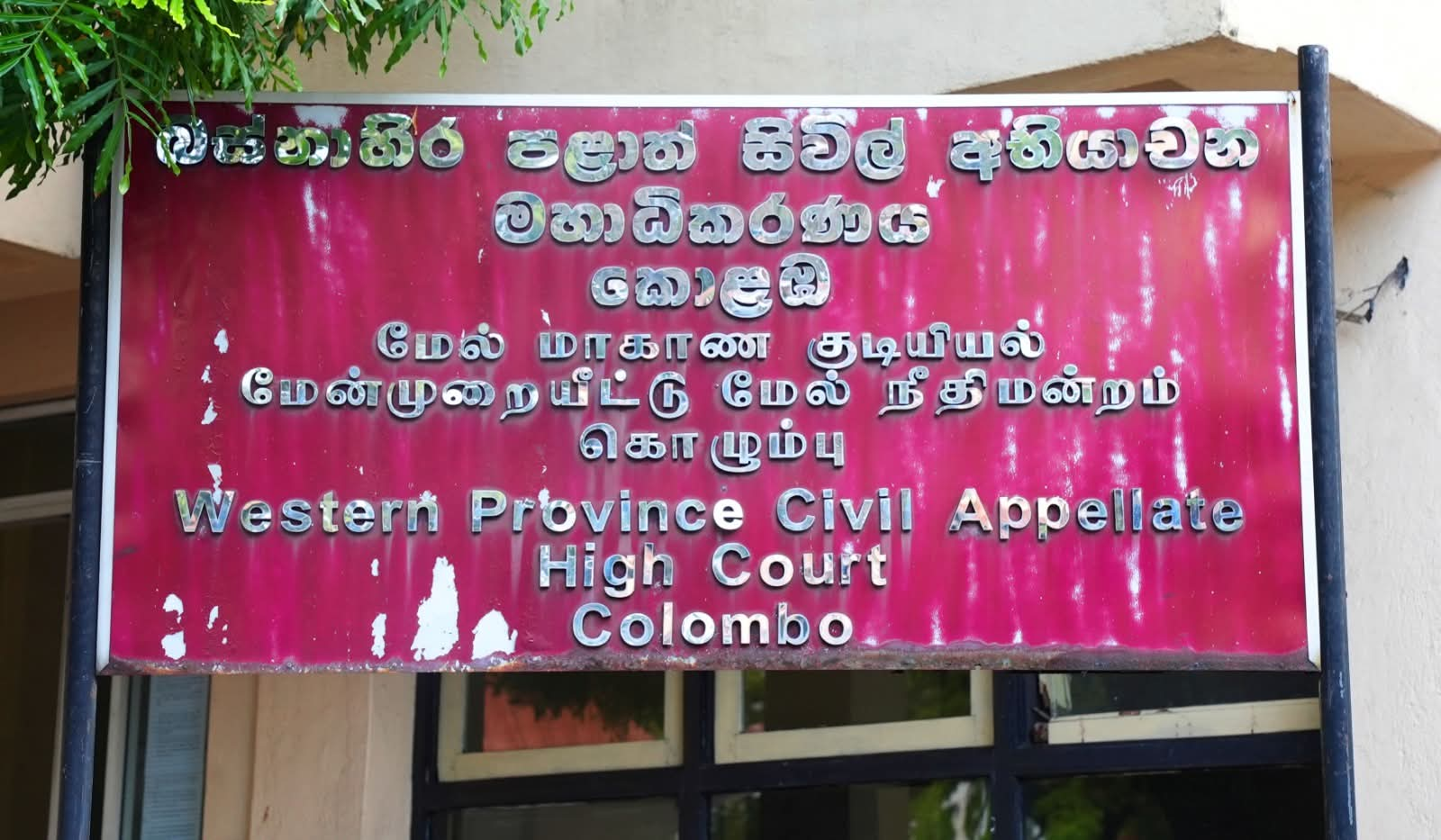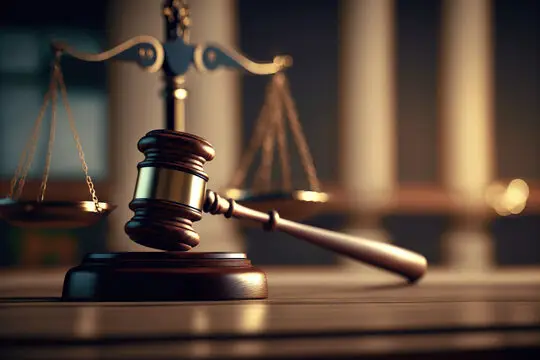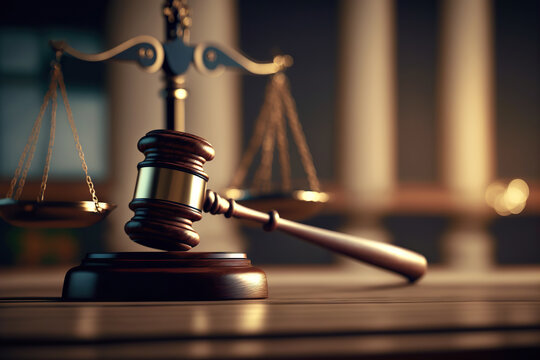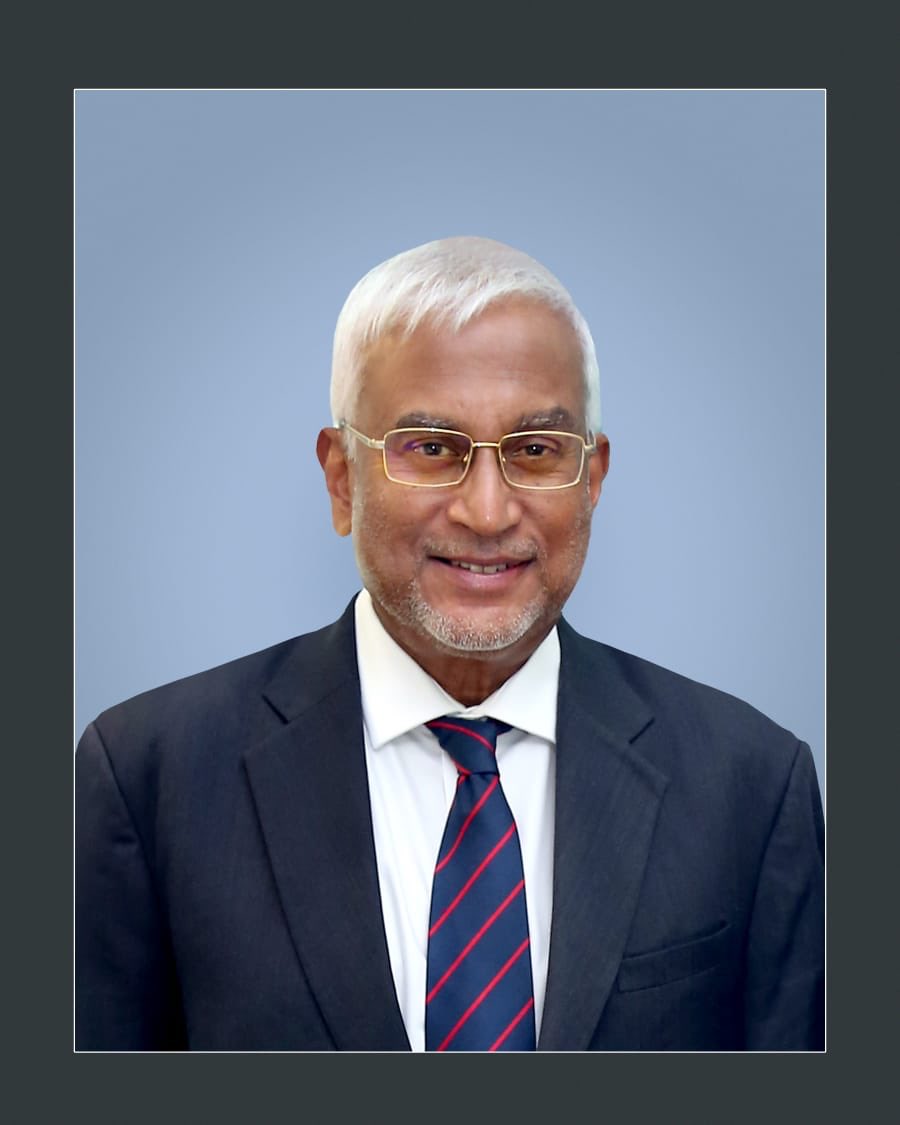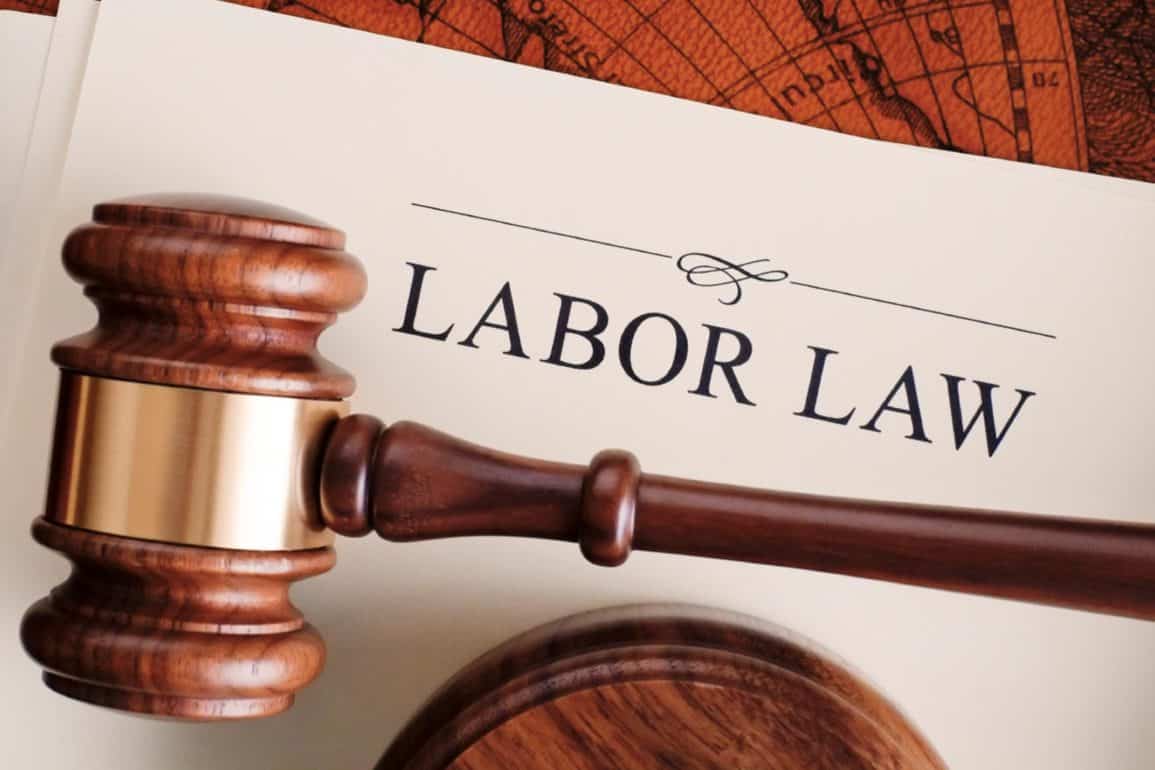CA Overturns Conviction in Child Abusing Case
Mother’s Coaching Allegations Undermine Child’s Testimony
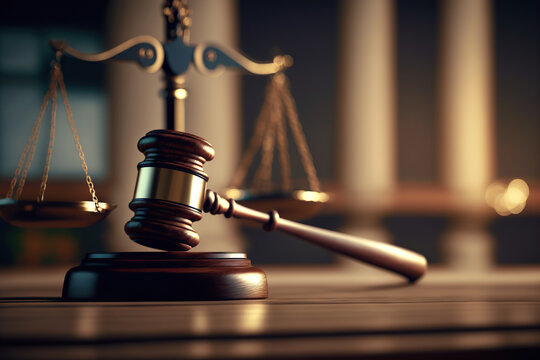
This case involves an appeal concerning the admissibility and accuracy of video evidence presented in a trial related to child abuse. The prosecution submitted a video recording of a preliminary interview with the child victim, conducted by the Child Protection Authority, as evidence.
This recording was played before the trial judge under Section 163A of the Evidence (Special Provisions) Act No. 32 of 1999, which allows video recordings of interviews with child witnesses to be admitted as evidence in child abuse cases, provided certain conditions are met.
The defense raised concerns about the legitimacy of the video evidence on several grounds:
1. Allegations of Coaching : The defense argued that the child victim was coached by their mother during the video recording, potentially compromising the authenticity of the testimony.
2. Transcript Accuracy: The defense contended that the transcript of the video recording presented to the court differed significantly from the actual video, which could have affected the fairness of the trial. The accuracy of the transcript is crucial, as it must faithfully represent the recording without alterations or hearsay.
3. Potential Bias: The victim was under the exclusive care of the mother (PW1) at the time of the recording, which the defense argued could have led to undue influence, given the strained relationship between the parents.
During the appeal, the defense requested that the court review the video recording to compare it with the transcript provided during the trial. The court granted this request, and the defense subsequently submitted a motion highlighting discrepancies between the transcript used at trial and the original video recording.
“In this case, the original video recording transcript submitted by the Counsel for the Appellant with the leave of the Court is quite different from the transcript relied upon the prosecution as the evidence in chief of the victim.
The transcript submitted by the Appellant clearly shows instances where PW1, mother of the Appellant prompts the child victim to say certain things against the Appellant, whereas, the child victim himself does not mention anything about the Appellant’s involvement in such acts.
PW1, the mother of the victim child admitted in her evidence that several complaints had been lodged against the Appellant regarding domestic violence existed between them. A restraining order against the Appellant had been issued by the Learned Magistrate of Mahara. Therefore, it appears that PW1 had a strong motive to fabricate a case against the Appellant through the victim. Hence, I conclude that accepting and considering the video recording evidence of PW7 against the Appellant had caused great prejudice which certainly vitiates the outcome of the case.”
“In the absence of well-defined guidelines for recording video evidence in Sri Lanka, it is prudent to examine the methods or rules established in other jurisdictions for recording such evidence.
The American Professional Society on the Abuse of Children, in its Practice Guidelines under subheading “Parents” states:
“In general, parents (or other relatives and caregivers) should not be present during the interview. If a child refuses to separate, it may be appropriate to allow the caregiver to be present during the initial stages of the interview. The caregiver should be instructed not to influence the child in any way. If possible, he or she should leave the room prior to issues of abuse being raised.”
In Panchhi and Others v State of Uttar Pradesh (1998) 7 SCC 177 the Court held that:
“The law is that the evidence of a child witness must be evaluated more carefully and with greater circumspection because a child is susceptible to be swayed by what others tell him and thus a child witness is an easy prey to tutoring”.
In Liyana Arachchige Lesli Wijesekera v The Attorney GeneralCA/HCC/0046/22 decided on 13.09.2023, Sampath B. Abayakoon.J, held that:
“It is clear from the recording that the no stage of the interview, the officer who was instrumental in questioning the child or PW7, the female police officer who took the child to the National Child Protection Authority and participated at the interview as the 2nd person, has attempted to unduly interfere with the child’s statement, other than attempting to obtain the child’s statement as to what happened to her. It is clear that only with that above objective in mind, the interviewer has posed questions to the child not to fix anybody to the offence”.
Ultimately, the appellate court found that the trial judge had misdirected herself, failed to follow proper legal procedures, and had accepted flawed evidence, resulting in an unfair trial. Consequently, the court allowed the appeal, set aside the conviction, and acquitted the appellant of all charges.
Legal Clash: Spousal Testimony vs. Evidence Ordinance Exclusions
The Court of Appeal has also considered the High Court’ decision to allow the Appellant’s wife, PW1, to testify in this case. The Appellant, charged under Sections 365(b) 2(b) and 345 of the Penal Code, argued that PW1’s testimony was inadmissible based on Section 120(2) of the Evidence Ordinance, which generally excludes spouses as witnesses against each other.
The appellant highlighted a legal conflict: while the Children and Young Persons Ordinance permits spouses to testify in cases of child abuse, the specific sections under which the Appellant was charged—introduced by Penal Code Amendment Act No.22 of 1995—were not included in the Ordinance’s First Schedule. The omission led the Appellant to claim that the High Court Judge’s decision to accept PW1’s testimony was legally erroneous and compromised the fairness of the trial.
The appeal court noted that the prosecution failed to establish the case beyond a reasonable doubt and criticized the trial judge for misdirecting the court on legal grounds.
High Court’s Use of Unsubmitted Police Information Book Raises Fairness Concerns
In this same judgment, the High Court’s handling of the case has come under scrutiny for its use of the Police Information Book, which was not formally admitted as evidence during the trial. The Appellant contended that this practice denied him a fair trial, as the court relied on this unsubmitted material to reach its verdict.
The Appellant’s Counsl argued that the trial judge’s examination of the Police Information Book, which was not presented as evidence, constituted a fundamental procedural error. According to established legal principles, as outlined in cases like Punchimahattaya v. The State and Priyal Indrajith and Others v. The Attorney General, judges are prohibited from using police statements and other non-admitted evidence when making judgments. These precedents emphasize that such practices undermine the fairness of the trial process.
This case underscores the importance of adhering to established legal procedures to ensure a fair and impartial trial. The use of evidence not properly admitted into the court record remains a contentious issue, raising questions about the integrity of the judicial process.
“This Court in Priyal Indrajith and two others v The Attorney General CA/HCC/ 300-302/2018 decided on 16.01.2023 held that:
“It is trite law that a judge has no power to utilize the statements made by witnesses to the police, inquest evidence and non-summary evidence when they were not properly admitted in evidence. In this case as the Learned High Court Judge had adopted an incorrect approach by referring and comparing police statement and non-summary evidence of PW2 when she evaluated the evidence given by PW2 in the High Court trial. This is a fundamental error on the part of the Learned High Court Judge which certainly prejudicial to the substantial rights of the Appellant.”
” In a criminal trial, it is incumbent on the prosecution to prove the case beyond reasonable doubt. There is no burden on the Appellant to prove his innocence. This is the “Golden Thread” as discussed in Woolmington v. DPP[1935] A.C.462. In this case Viscount Sankey J held that:
“Throughout the web of the English Criminal Law one golden thread is always to be seen, that it is the duty of the prosecution to prove the prisoner’s guilt…… If, at the end of and on the whole of the case, there is a reasonable doubt, created by the evidence given by either the prosecution or the prisoner…..the prosecution has not made out the case and the prisoner is entitled to an acquittal.”



